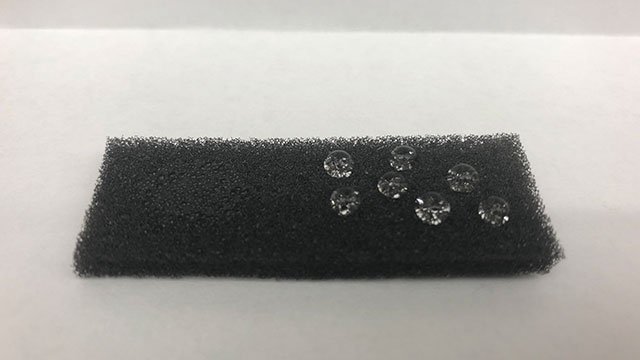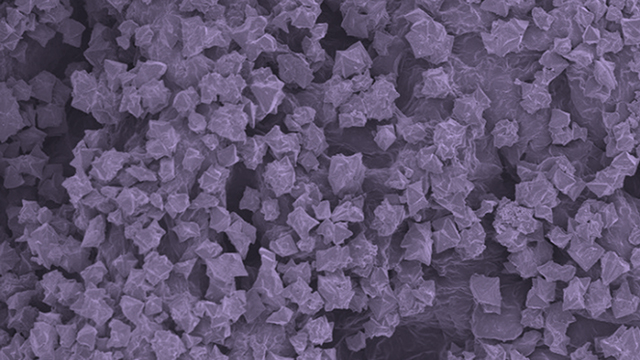According to WHO estimates, 780 million people do not have access to clean, safe drinking water. Others are affected by industrial pollutants in the air they breathe, contaminants in soil used for agriculture or recreation, and other environmental hazards.
What can nanotechnology do to help?
Mission
- Develop point-of-packaging nanosensors to detect contaminates, such as salmonella, on the surface of food at the packaging plant
- Develop field sensors that can differentiate genetically engineered foods
- Create safe, inexpensive, and portable nano-enabled devices capable of sensing and remediating pollutants in water
- Employ nanomaterials to solve major environmental remediation problems, such as the thos surrounding plastics
- Use nanoparticle probes to sense the presence of environmental toxins simply, rapidly, and at lower levels than conventional tests on-site
- Employ nanomaterials as highly functional sponges to soak up environmental toxins
Vision
- Utilize nanomaterials to meet the world’s need for safe food and clean water
- Safeguard our most valuable resource – our planet– by enabling environmental hazards to be identified and cleaned up faster and more efficiently
Active Centers
Smart sponge soaks up oil without harming marine life

Oil spill clean-up is an expensive and complicated process that often harms marine life and further damages the environment.
With an ability to absorb more than 30 times its weight in oil, this “smart sponge” could be used to inexpensively and efficiently clean up oil spills without harming marine life. After squeezing the oil out of the sponge, it can be reused many dozens of times without losing its effectiveness.
The secret lies in a nanocomposite coating of magnetic nanostructures and a carbon-based substrate that is oleophilic (attracts oil), hydrophobic (resists water) and magnetic.
Learn more:
Nanomaterials destroy toxic gases and remove water pollutants

Nanomaterials have shown incredible promise for purifying water and removing toxic gases from the air we breathe.
For example, by combining a metal-organic framework (MOF) nanomaterial (shown above) with textile fibers, one research team was able to detoxify toxic gases, including some of the most dangerous chemical agents in existence: VX and soman (GD), a more toxic relative of sarin.
Another team of researchers has discovered and commercialized cyclodextrin polymer adsorbent materials that showed outstanding promise in eliminating water pollutants including lead, PFAS, and agrochemicals.
Learn more: